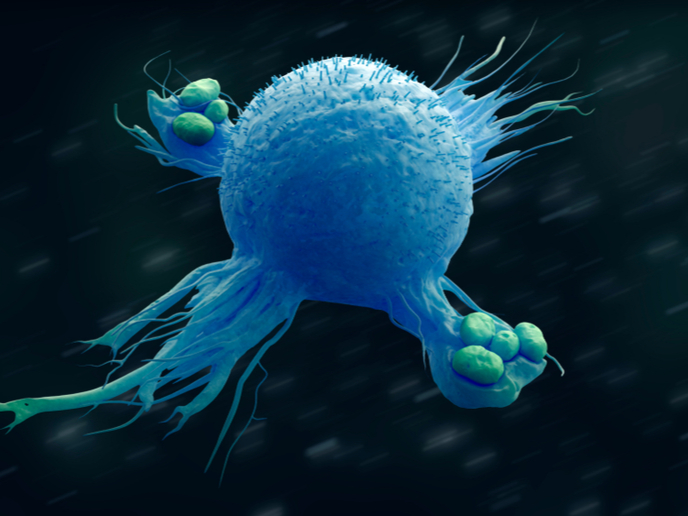Genome regulation during embryogenesis
Under the aegis of the IMMRSRGE project, scientists worked to determine the factors involved in spatial reorganisation of certain gene loci in the nucleus. Fluorescence in situ hybridisation, digital microscopy and automated image analysis were used to visualise genome folding and their folding path during blastocyst implantation development. The blastocyst is formed after egg fertilisation in mammals. It contains an inner cell mass (ICM) that later forms the embryo. From the ICM, two distinct layers arise, called the epiblast and hypoblast. This period of blastocyst implantation development is marked by substantial nuclear reorganisation. Just like the pluripotent embryonic stem cells (ESCs) isolated from mammalian ICM, epiblast SCs (epiSCs) are also pluripotent. This has significant implications for biomedicine. Researchers focused on studying genes that move away or towards the nuclear periphery when mouse ESCs differentiate into epiSCs. The RNA interference technique was employed to selectively inhibit gene expression after the knockdown of proteins involved in modulating chromatin structure and organisation. The DNA sequences linked to the lamin B1 protein were selected for study. This data was correlated with epigenomic data sets of histone modifications before and after ESC differentiation. Scientists successfully identified a modified histone involved in aberrant gene relocation to the nuclear periphery in ESCs. These genes normally relocate to the nuclear periphery only during the epiblast stage of development. This led to analysis of other chromatin factors linked to the candidate histone modification and their possible role in genome reorganisation in the nucleus. Project findings were presented at two international meetings in 2013 and are also being prepared for publication. Besides unravelling the intricacies of genome function in disease and health, applications include tissue regeneration and cell therapy using either ESCs or epiSCs.







